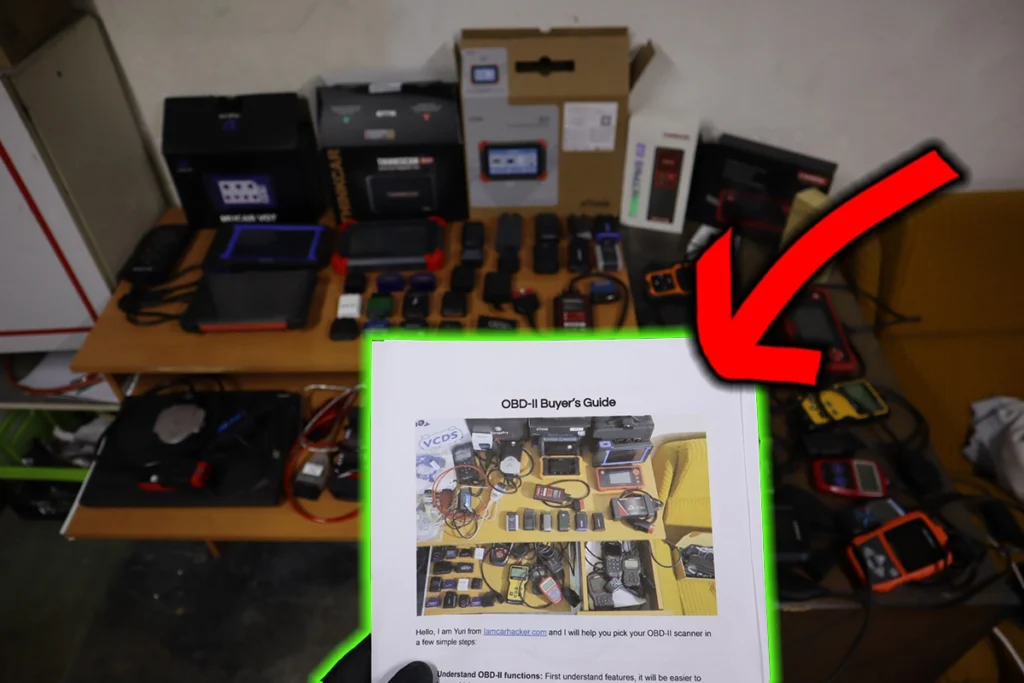The P0C25: Auxiliary Transmission Fluid Pump Control Module Circuit High fault code indicates that the control module for the auxiliary transmission fluid pump is receiving higher-than-expected voltage. This can be caused by faulty wiring, poor connections, or issues within the vehicle’s electrical system. High voltage can cause the control module to malfunction, potentially affecting the transmission fluid pump’s performance and the transmission cooling system.
P0C25 – Quick Overview
| Code | Information |
|---|---|
| Meaning | P0C25: Auxiliary Transmission Fluid Pump Control Module Circuit High |
| Is it serious? | Yes, high voltage can damage the control module and affect the pump’s performance. |
| Possible causes | – High voltage in the control module circuit – Faulty wiring or connections – Electrical system problems |
| How to diagnose? | – Measure voltage in the control module circuit – Inspect wiring and connections – Check electrical system for issues |
P0C25 Meaning
The P0C25 code indicates that the voltage in the control module circuit for the auxiliary transmission fluid pump is higher than expected. This could be caused by a problem in the vehicle’s electrical system, such as a malfunctioning alternator, voltage regulator, or poor wiring connections. High voltage can cause damage to the control module and lead to improper operation of the transmission fluid pump, affecting transmission cooling.
Step-by-step diagnostic guide
| Action | Description | Tools Needed |
|---|---|---|
| Check for Other Codes | Use an OBD-II scanner to check for additional related codes that might provide more context for the high voltage issue, especially related to the electrical system. | OBD-II Scanner |
| Measure Voltage in the Control Module Circuit | Use a multimeter to measure the voltage in the control module circuit of the auxiliary transmission fluid pump. Compare the readings with manufacturer specifications to verify if the voltage is too high. | Multimeter, Vehicle Manual |
| Inspect Wiring and Connections | Visually inspect the wiring and connections for signs of damage, corrosion, or loose connections that could cause high voltage readings. Repair or replace faulty wiring as needed. | Flashlight, Multimeter, Wiring Diagram |
| Check the Electrical System | Inspect the vehicle’s electrical system, including the alternator, voltage regulator, and battery, to ensure proper voltage regulation. High voltage from these components could lead to excessive voltage in the control module circuit. | Multimeter, Flashlight, Electrical System Tools |
| Test the Control Module | If the wiring and electrical system are functioning properly, test the auxiliary transmission fluid pump control module to ensure that it is not contributing to the high voltage issue. | Diagnostic Tool, Vehicle Manual |
| Clear the Code and Test Drive | After repairs or replacements, clear the fault code using an OBD-II scanner and perform a test drive to ensure that the issue is resolved and the transmission fluid pump is functioning correctly. | OBD-II Scanner, Vehicle Owner’s Manual |
| Recheck for Codes | After the test drive, re-scan the system to confirm that the P0C25 code does not return. | OBD-II Scanner |
Free PDF: How to choose OBD2 scanner

I’ve made you a free PDF to choose the OBD2 scanner in 5 minutes.
✅ Which OBD2 scanner is best?
✅ Which type should you get (DIY, Pro, Hobby)
✅ What is the best scanner for the exact brand/feature (e.g best for BMW)
✅ How to get a Bi-Directional tool for as cheap as $40
✅ Discount coupons for scanners
PDF is 100% free and it is designed to help you pick a scanner in less than a few minutes! Not a boring 50-page guide.
Just tell me where to send it.

Hi, I am Juraj “Yuri” Lukacko. I got frustrated by unhelpful and scammy mechanics, so I decided to learn everything about car diagnostics myself. I test dozens of new car diagnostic tools every month along with learning new strategies to fix and customize cars. About Juraj Lukacko (Yuri)